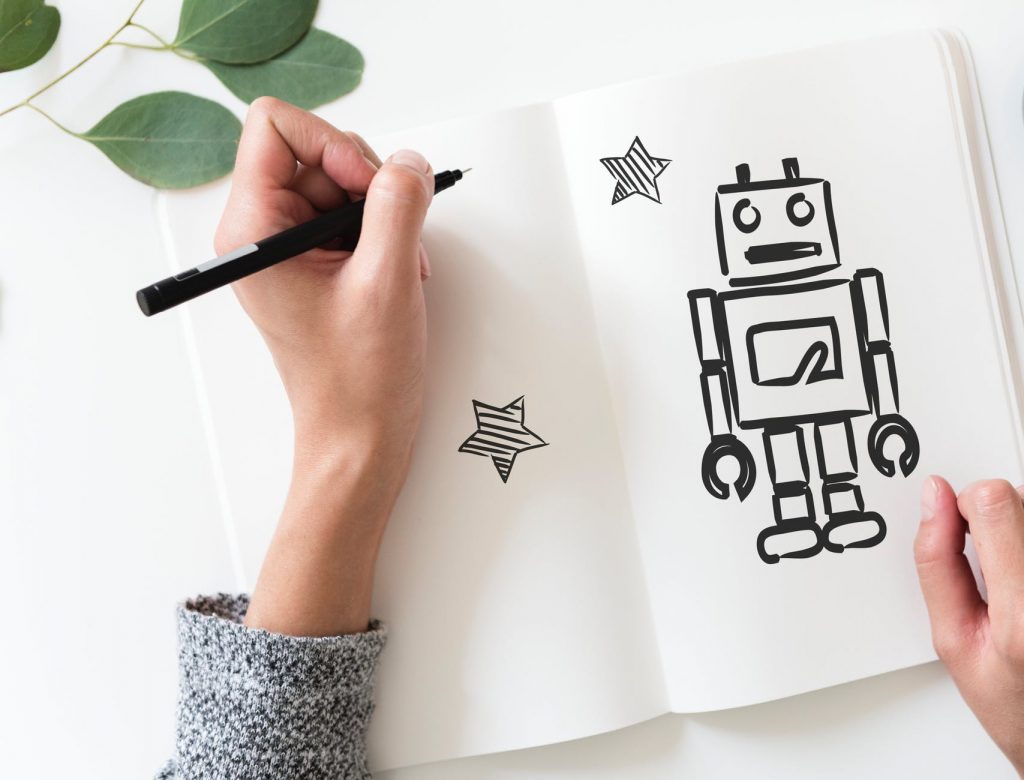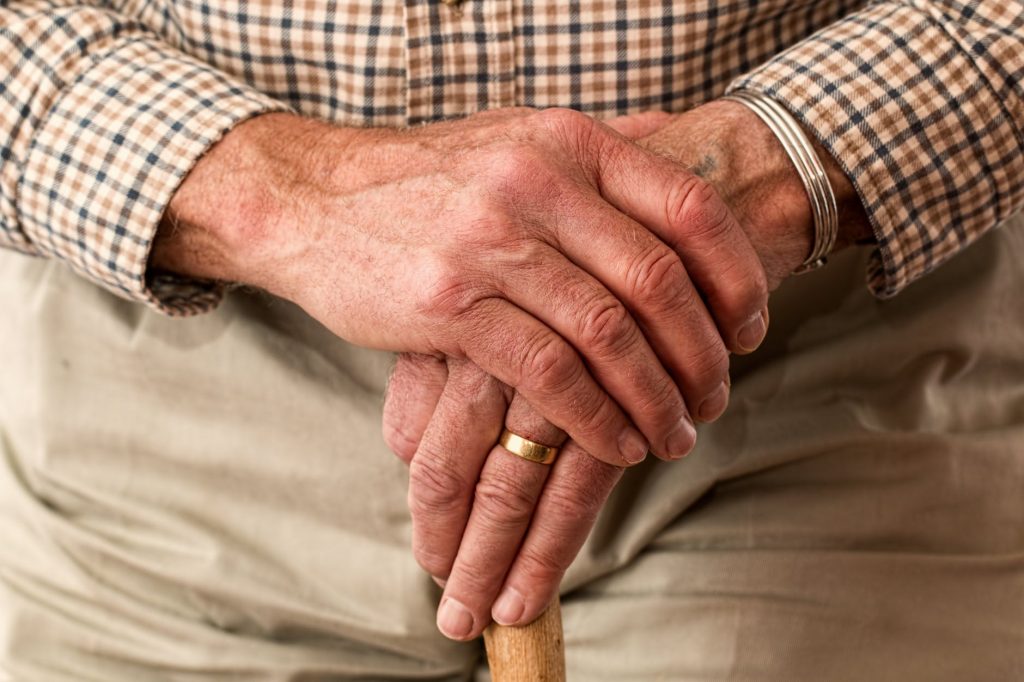Taking care of the elderly population is one of the problems many countries face today especially with the increasing occurrences of dementia and other diseases. We have already seen a surge in technology making the lives of the aged population easier and safer, for instance bed alarm sensors reduces accidents and smart home technology simplifies everyday tasks. Take Japan for instance, this country has a super-ageing society attributed by long life expectancy and low birth rates.
A high-tech innovator, the country is manufacturing robots for people with dementia – to offer companionship, enhance safety in the home, and assist with therapy. Other countries are jumping on board with idea to add in service robots and assistive devices into dementia care. It is essential to ensure that people, especially those living with dementia participate in research and development. Technological developments should be for and by people, not something forced on them.
Robots for Dementia Care
Robotic devices are very helpful with physical caregiving tasks, observing behaviour and symptoms, and provide cognitive aid and emergency alerts. They can be classified into seven major categories. The first four groups are commonly used assist the elderly with physical mobility limitations. These are: mechanical robots that can help transfer patients from beds and wheelchairs; assistive robots for personal mobility; toiletry support robots; bathing assistance robots.
Robots in the last three groups are applicable for people with dementia who are having challenges with memory, thinking and communication, as well as changes in mood, behaviour and personality. These are: monitoring robots with sensor systems; social interaction robots; and therapeutic robots.
Social Robots
Cute animals such as a baby seal robot – or like small humanoids are often used as models for robots intended for social and therapeutic reasons and companionship.
For people suffering from memory loss, robots are very helpful in reminding them about things they often forget, such as alarming them to take medication and eat meals, pointing out the location of household items and assisting with their use. Robots can also provide company and amusement, such as engaging people in games, dancing and singing. Robots can help dementia patients to live autonomously, and help decrease depressing behavioural and psychological symptoms.
They can also support human caregivers by providing alerts for fall prevention and safety as well as helping hands. On top of practical benefits, robots do not undergo stress and exhaustion. Robots that look like cuddly animals can be used in place of real animals for pet therapy. A robotic cat, for instance does not need much care and maintenance.
The Downsides
The benefits of robots and technology are undeniable, but there are disadvantages as well, especially when there are possible conflicts between the welfare of the dementia patients and their caregivers. Carers need support and breaks, but caregiving without human contact can take away social interaction and could make the problems of solitude and seclusion worse. What’s more, relying on robots to do basic and self-care tasks can reduce the independence of older adults.
Indeed, there’s a fine line between using robots for advantageous therapy and ignoring older people, when robots are used as toy-like dolls or teddy bears. Technological advancements should help people preserve or build up skills and should respect their years of life experience. For example, a communication robot could interact with a person document a life diary and help remind her of important occasions and relationships.
Consent and privacy issues happen if a person forgot to turn off monitoring and data tracking features. Older people may prefer to age peacefully in a home and community where they feel a sense of connection. Caregivers with good intentions often want to reduce risks of harm, especially for elders living on their own, but invasive technology can make a home feel like a hospital or prison. And technologies that draw attention to disabilities and shortfalls can make people feel self-conscious and scorned. Robots can be responsible for stereotypes that enfeeble older people because of the way they are designed and endorsed in society.

User-Centered Research and Design
It’s essential to respect the beliefs and preferences of older adults and people with conditions, such as dementia. The specific needs of a patient can’t be met by just any type of robot. Developers are sometimes condemned for a mismatch between their eagerness for robots and other high-tech novelties, and the wants of people suffering from dementia.
Based on a review on the ethics of social and assistive robotics for the care of dementia patients points out the problem of a vicious cycle pointed out on a review on the ethics of social and assistive robotics includes issues such as technological development is not driven by user needs and low uptake on new products, consequently, unmet needs persist. Products need to be developed as custom instruments tailored to the needs of the user and not be invasive generic medical instruments enforced upon an individual.
Including Citizens in Science and Research
Funding and leading technology research should be more proactive in appealing older people about their concerns and preferences. Citizen jury methods can be adapted to support communication among elderly people, technology specialists, engineers, researchers, and caregivers. And prototypes of new gadgetry can be trialled earlier with user groups to get their feedback. There are moral and sensible complexities in involving people with dementia in studies, but they should not be disqualified. Supportive techniques can maximise the capability of people with cognitive impairment to have a voice on what is important to them.
Hopefully, one day, communication robots can help people express their opinions on having a robot in their life.






